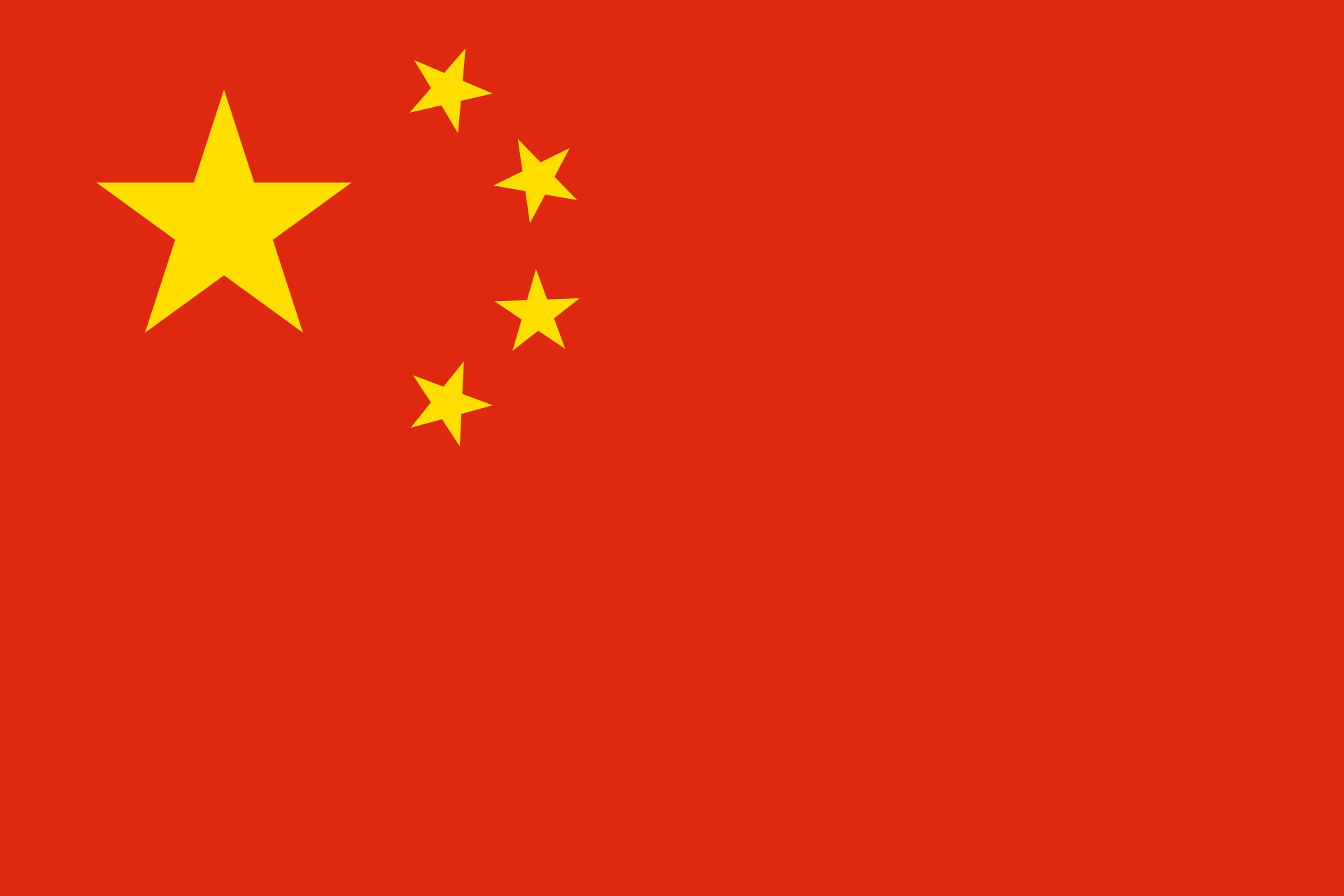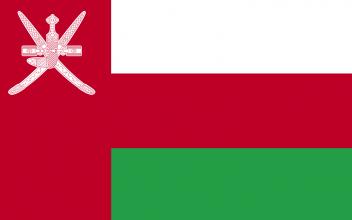Trade routes wound over an astonishing area of land and sea, the Silk Route traditionally crossing overland and spices being transported more frequently by sea. Yet, in addition to merchandise, ideas, cultures, religions and technologies also passed along these routes, and were very important in the development of civilizations and empires across Central Asia. The stronger these empires grew, the more capable they were of protecting the trade routes that supplied them.
From the seventh century, Muslim Arab armies were a new and powerful force in Asia Minor. Whilst the inhabitants of the Arabian Peninsula had always been involved with trade, the new Muslim empire came to dominate it, especially the Spice Routes that skirted ports from southern China to the Red Sea. The travels of Ibn Battuta in the fourteenth century illustrate the possibilities of travel and cultural exchange in this period.
The voyages of medieval merchants to the Far East provided fuel for exotic stories about their travels on their return. The earliest account dates from the fourth century BC, and includes many fabulous stories, whilst much later, in the thirteenth century, the explorer Marco Polo was also widely disbelieved with regard to his stories of the East. This element of mystery also helped to make eastern goods very fashionable in seventeenth and eighteenth century Europe.
The business of trade was demanding on the merchants who underwent the journey, whether by land or sea. Over land, the nature of the terrain and its suitability for travel on camel or horseback determined the trajectory of passing traders. By sea, developments were continually being made to ships and to the instruments used for navigation, and all merchants took measures to accurately record the merchandise they carried with them.
From the Renaissance onwards, European countries began to engage themselves more actively in trade. Technological advances permitted European sailors to navigate new routes to the east, and the advent of the Industrial Revolution accelerated this process. By the mid-nineteenth century, European goods were being imported into China and Japan.
The Spice Routes are the vast web of trading networks that connect the Far East with the Mediterranean, covering more than 15,000 kilometers of land and sea travel. Traders bought and sold goods from port to port, and some of the most valuable and desirable on the market were spices, emanating originally from Indonesia, southern China, India, Sri Lanka, and in particular, the Spice Islands in the Pacific Ocean, and on demand throughout Asia and Europe.
The breakthrough by the Portuguese navigator, Vasco da Gama, to the East in 1499 opened up for the first time the prospect of European control of the Silk and Spice Routes. Their established hegemony over the trade routes was not challenged until the end of the sixteenth century, when Dutch and English forces became a threat.
Trade covered progressively greater distances as technologies became more advanced, allowing merchants to travel not only locally but across great stretches of land and sea. The Malay Peninsula and the Indonesia Archipelago lie between the Indian Ocean and the China Seas, and therefore have always been extremely important points along the trade routes.
The development of empires was closely linked to the control of international trade. Commerce around the Mediterranean in the first millennium BC was dominated by the Greeks – but in his efforts to extend his empire, Alexander the Great made advances to take control of the Indian trade too. A similar pattern is seen in the emergence of the Roman Empire, which had access to the eastern market through Egypt, and at the same time, the Chinese empire was opening trade routes to the west to strengthen its own power.
European colonial empires were at their peak in the eighteenth and nineteenth centuries, and this had important consequences for the trade routes under their control. Yet by the mid-twentieth century, the balance of political power had shifted once again.




